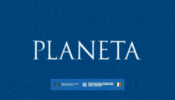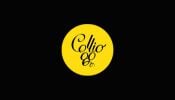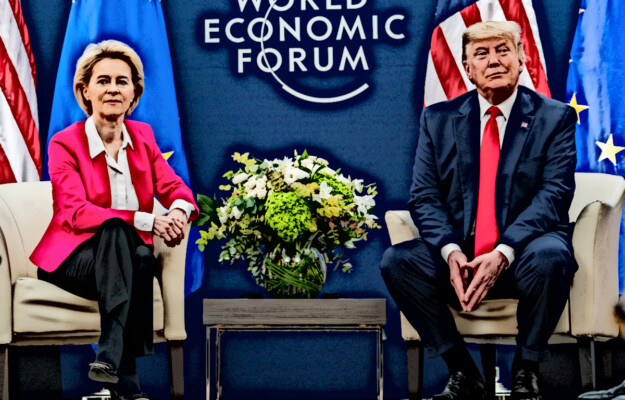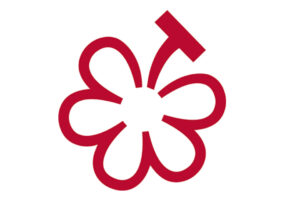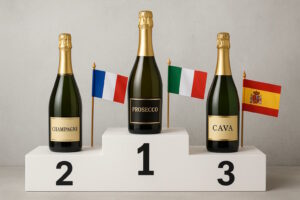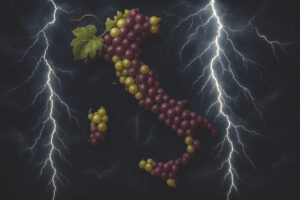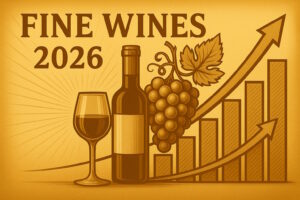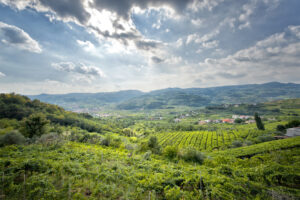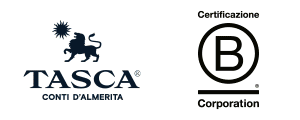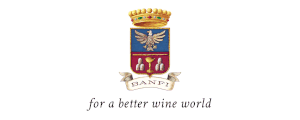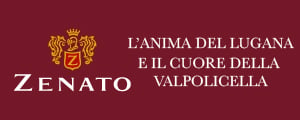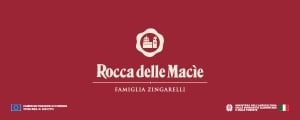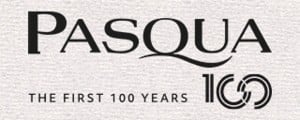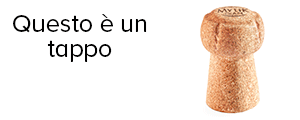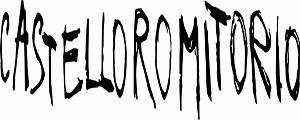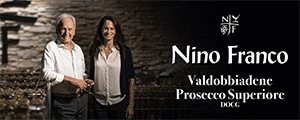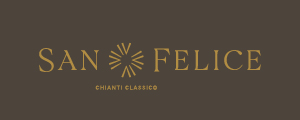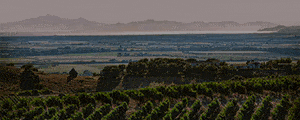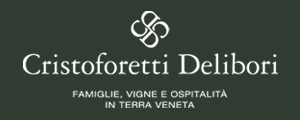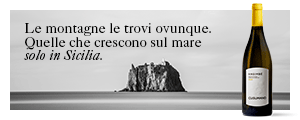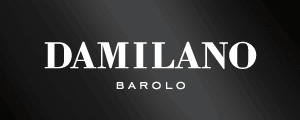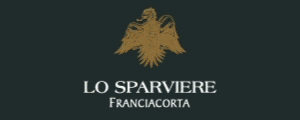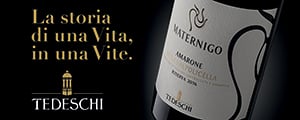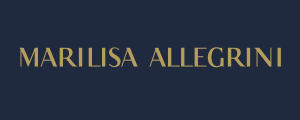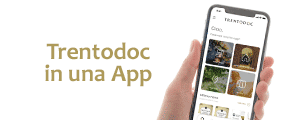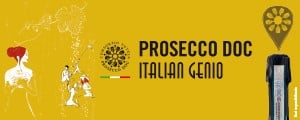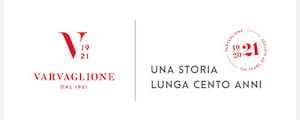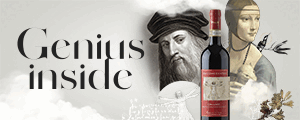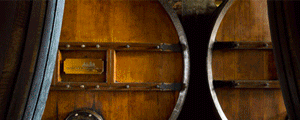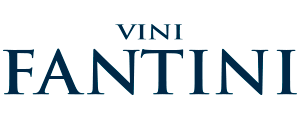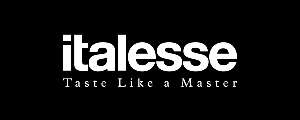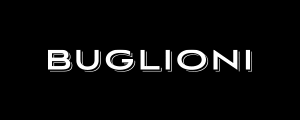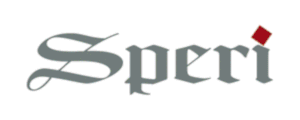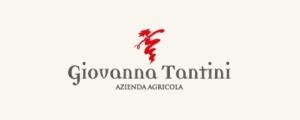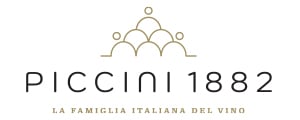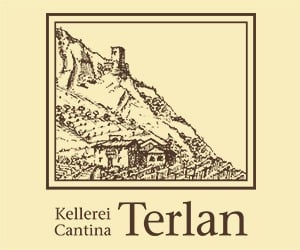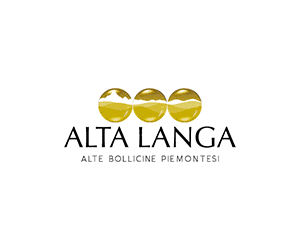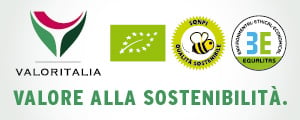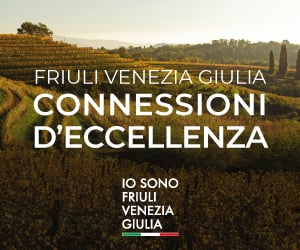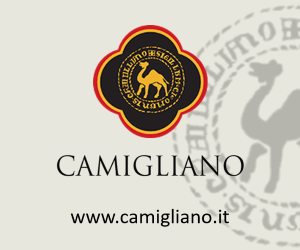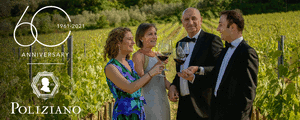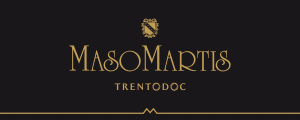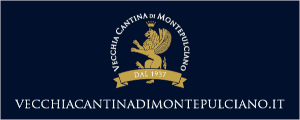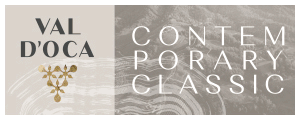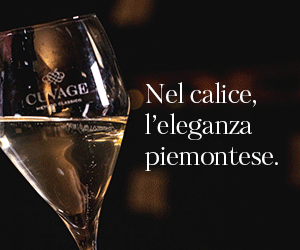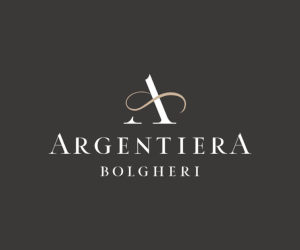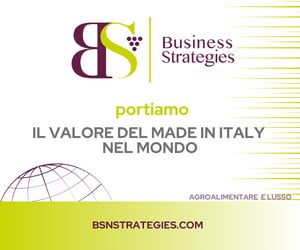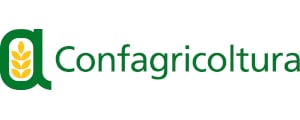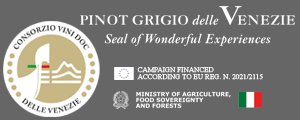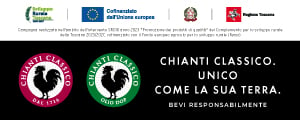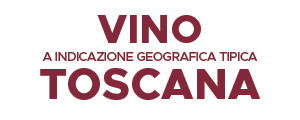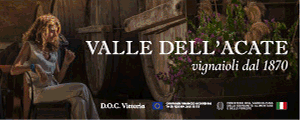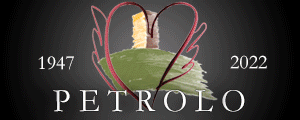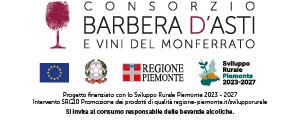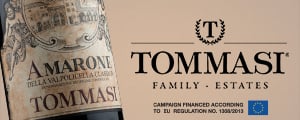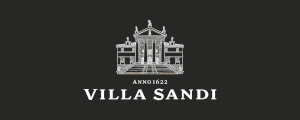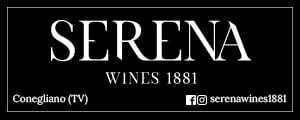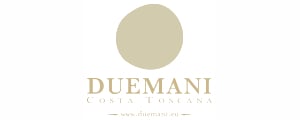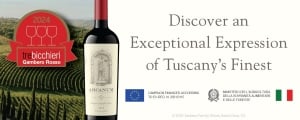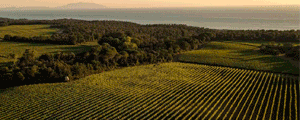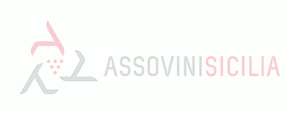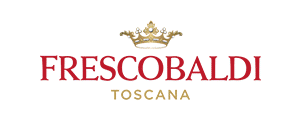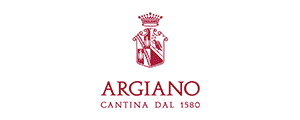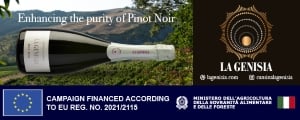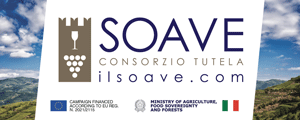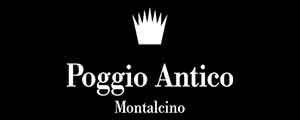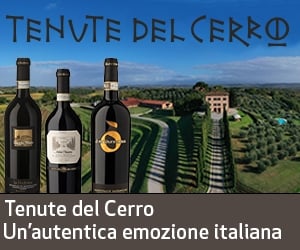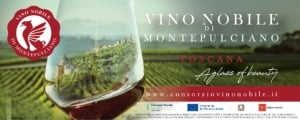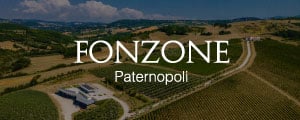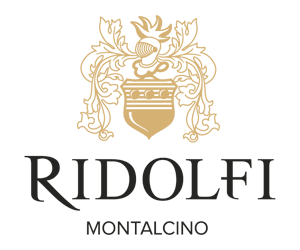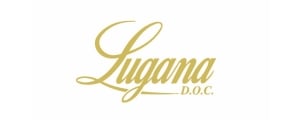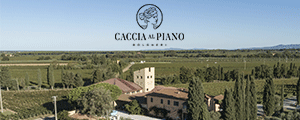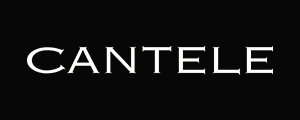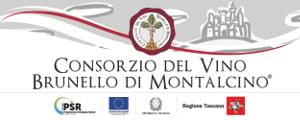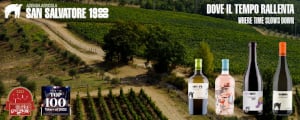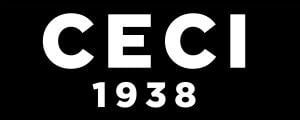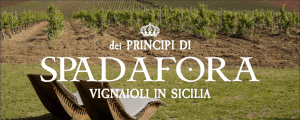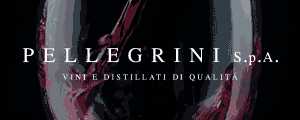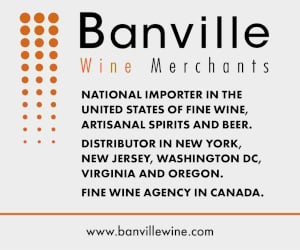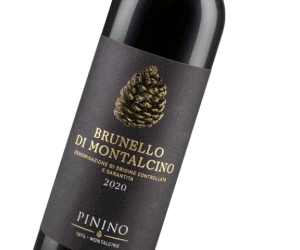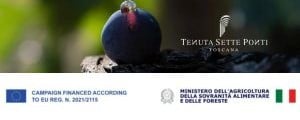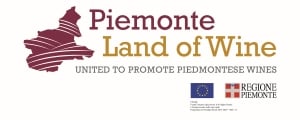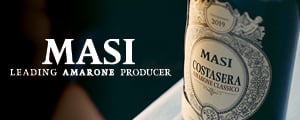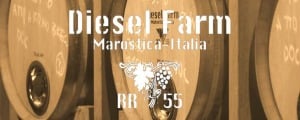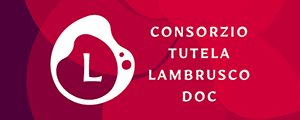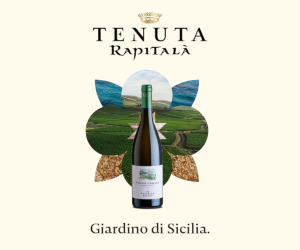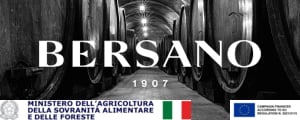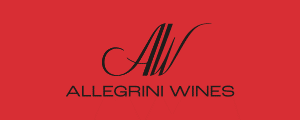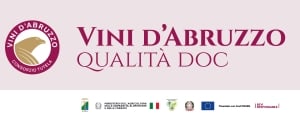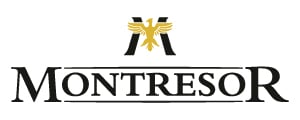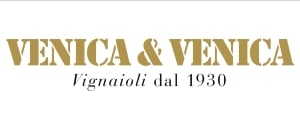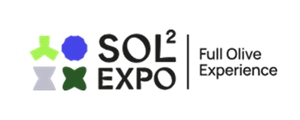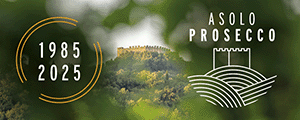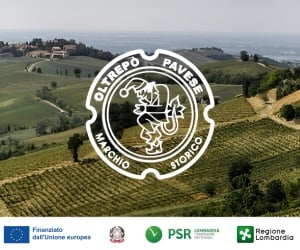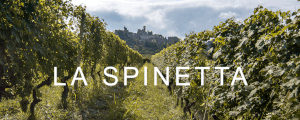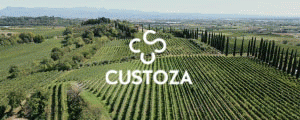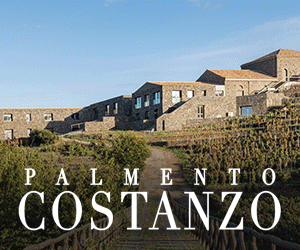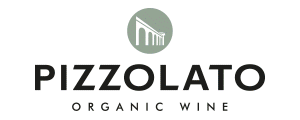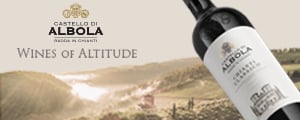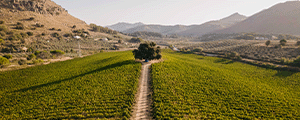Wine and spirits from the EU will be subject to a 15% tariff to enter the US. It is now official, as was unfortunately expected and as anticipated yesterday by The New York Times, and as reported by WineNews. The confirmation comes from a joint statement issued by the US and the EU, which formalizes the framework trade agreement reached last month, which provides for a 15% duty on most imports from the EU to the US. The agreement was hailed as a triumph by EU Commission President Ursula Von Der Leyen, who wrote on social media: “Predictability for our businesses and consumers. Stability in the world's largest trading partnership. And security for European jobs and long-term economic growth. This EU-US trade agreement delivers results for our citizens and businesses and strengthens transatlantic relations”.
An agreement that, on closer inspection, also foreshadows greater imports of food products from the United States to Europe, given that, in point 1 of the document (available in full here), states that “the European Union intends to eliminate tariffs on all US industrial products and provide preferential market access for a wide range of US fish and agricultural products, including nuts, dairy products, fresh and processed fruit and vegetables, processed foods, plant seeds, soybean oil, and pork and bison meat. The European Union will immediately take the necessary steps to extend the joint statement by the United States and the European Union on a tariff agreement announced on August 21, 2020, with regard to lobster (which expired on July 31, 2025), along with an expanded product scope to include processed lobster”.
In all this, wine and spirits from Europe going to the United States will therefore be taxed at 15%, contrary to the wishes of all players in the sector on both sides of the Atlantic. The only consolation is that, at least, there is now greater clarity on what the rules of the game will be, at least in the short to medium term.
“As expected, the new 15% tariff regime for wine has been confirmed; this is a blow to the most exposed sector among the top 10 Italian product categories destined for the United States”, emphasizes Lamberto Frescobaldi, president of the Unione Italiana Vini (Uiv), “with a 24% share of total global exports and a value of €2 billion per year. It will be a very difficult second half of the year, although we hope that, in “extra time”, the parties will be able to correct the situation. According to the Italian Wine Union (UIV), it is now more important than ever to forge an alliance between the Italian wine industry and its US partners - distributors, importers, and restaurateurs - who are the first to oppose the tariffs in the common interest of Italian and US companies”.
“The time for exceptions, but also for uncertainty, is over”, added Uiv Secretary General Paolo Castelletti. “Now we must face the challenge with the awareness that we will need support from the state in terms of promoting Italian wine products. The scenario is complex and, already in the first five months of 2025, we are seeing a downward trend in wine export volumes of almost 4%”. According to the Uiv Observatory, the estimated damage to businesses is €317 million over the next 12 months, while for overseas trading partners, the loss of earnings will rise to almost $1.7 billion. The damage would rise to €460 million if the dollar were to maintain its current level of devaluation. According to Uiv, as much as 76% (the equivalent of 366 million bottles) of the 482 million Italian bottles shipped to the United States in 2024 are in the “red zone” with an exposure of more than 20% of total shipments. Wine areas with absolute peaks for Moscato d'Asti (60% of exports to the US), Pinot Grigio (48%), Chianti Classico (46%), Tuscan DOP reds at 35%, Piedmontese reds at 31%, as well as Brunello di Montalcino, and finally Prosecco at 27%, Lambrusco, and Montepulciano d’Abruzzo.
Copyright © 2000/2025
Contatti: info@winenews.it
Seguici anche su Twitter: @WineNewsIt
Seguici anche su Facebook: @winenewsit
Questo articolo è tratto dall'archivio di WineNews - Tutti i diritti riservati - Copyright © 2000/2025

